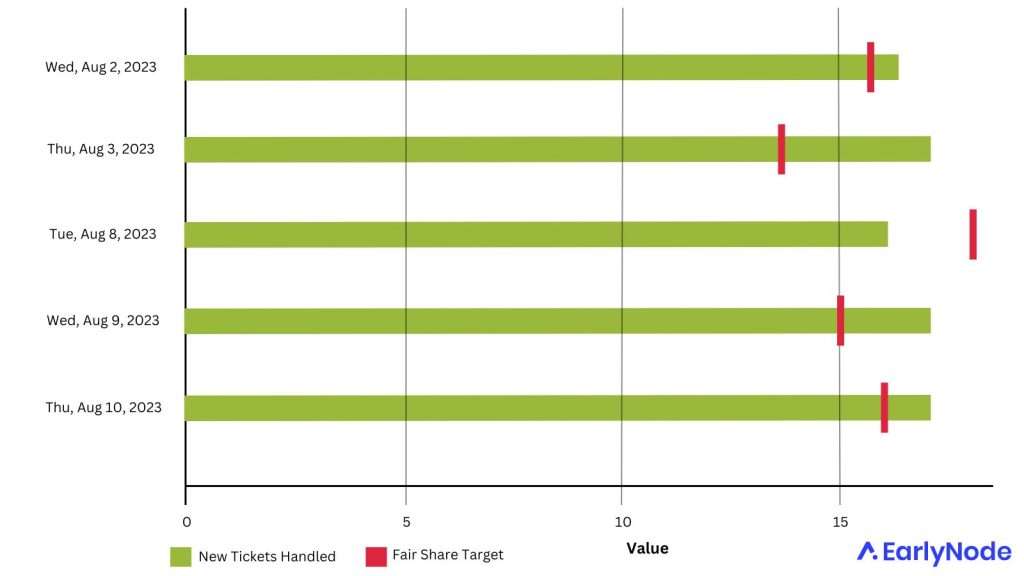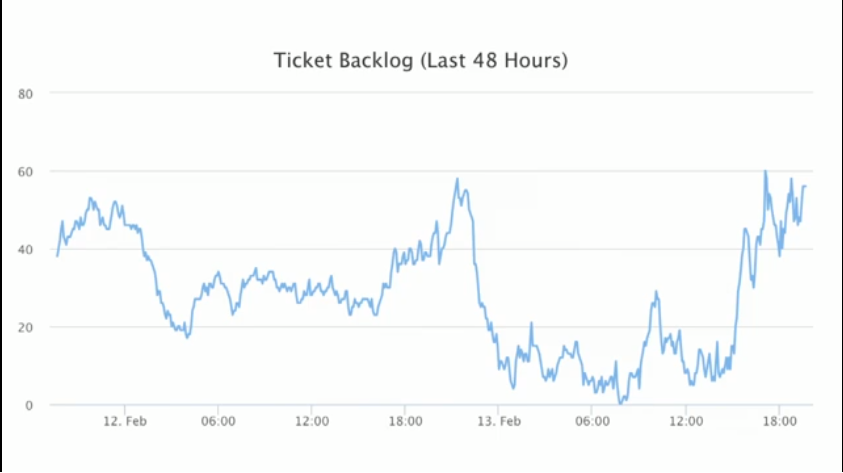Build a World-Class Customer Support Team with Ali Rayl (Ex-VP of Customer Experience @ Slack)

Ali Rayl has been with Slack from its beginning, working her way up to becoming their VP of Customer Experience. She helped Slack grow to more than 200,000 paying customers until Salesforce acquired it for $27 billion in 2021.
In The SaaS Operator newsletter from 8 August 2023 you’ll learn:
- The 2 magic ingredients of great customer support.
- Why you should invest in customer support from day one.
- How to manage your customer support team at every stage.
When we hear “customer support” we usually picture a couple of support agents on standby to handle tickets from users and resolve their issues. But that’s just the tip of the iceberg. For a company to grow its userbase fast, it needs to master the challenge of customer support.
Take a company like Slack. In just a decade, the company has grown to nearly 18 million daily active users! Exceptional customer support is part of their recipe for success – as you can see from their ratings on several review sites.
How can you follow Slack’s lead and take your customer support game from basic to exceptional? Ali’s got a thing or 2 to teach us about that.
The #1 tip for making your first customer support hire
Hire good writers
During the hiring process, Slack had candidates do a writing test. In the test, Ali looked for people who communicated in a way that felt genuine and human rather than robotic.
Support agents should make users feel like they’re interacting with a real, engaging human instead of receiving canned responses.
In the test, use real questions you’ve gotten from customers. Then provide candidates with factual information about your product. Look out for people who can express themselves well and come across as empathetic humans.
The secret sauce of customer support
Great customer support boils down to 2 things: accuracy and speed. Ali found that almost all Slack’s customer support-related reviews were linked to these 2 factors. Use them as your north star.
Invest to ensure you have:
a) enough agents to resolve problems at speed, and
b) well-trained agents who can resolve requests accurately.
Why invest in excellent customer support from day one?
You might be tempted to have a basic customer support setup while your customer base is still small. But it won’t sustain your company when your product gains traction.
Setting up robust support from the get-go keeps you prepared to handle sharp rises in requests before your growth shoots up.
Managing your support team at every stage
Early-stage startups: Have a “no numbers” philosophy
Support teams are usually judged by 2 main criteria:
- Volume of tickets resolved per day (where the goal is to meet a minimum quota).
- Time spent on interactions (where the goal is to stay within a set maximum amount of time per ticket).
If you have less than 20 support agents, this isn’t an effective way to assess performance. Take the minimum quota for example. In the beginning, you have a small user base, which means you won’t have a huge backlog of tickets. If your staff doesn’t hit their quota, it doesn’t mean they failed.
At Slack, Ali devised a “no numbers” philosophy. You don’t allocate quotas. You make your team aware of roughly how much work there is for the day then let them decide how to get it done.
For example, if an agent feels a customer needs 30 mins of attention instead of 5 mins, allow them to spend that 30 mins.
The beautiful thing is you’ll notice your support team developing “situational awareness”. This is where everyone in the team is aware of the status of each ticket and what to do to get the job done. Result: a smooth and seamless process for your team and customers.
Scaleups: Split team into specialists
By the time your support team size has scaled to between 20 and 50, the volume of tickets might be too high for situational awareness to be effective. Agents will be dealing with such a variety of issues that they won’t have the experience to know how to deal with each one.
When you reach that stage, split the team into specialist groups. This is where you have a group dedicated to a specific type of issue. E.g., at Slack, there are experts in Mac and iOS issues. Specialized situational awareness will now develop within this smaller group, meaning agents will be better equipped to solve your customers’ problems.
Large org: Use a “fair-share” model
When your support team size is nearing 100 or more, switch to a “fair-share” program. This is where you allocate tickets based on the support agents available in each region per day.
You can represent each agent’s allocation with a visual cue – a dashboard allowing them to track their progress in real-time.

The green bars represent the work they’ve done, and the red bar represents the target. The idea isn’t to meet the red bar every time but to give clarity on work expectations. In a blog post, Rayl said this strategy “reduced ticket wait times by 50% and improved agent satisfaction by 20%.”
Bonus tip
Use visual cues
Visual cues like color coding systems help reduce mental overload, allowing agents to quickly understand and prioritize their tasks. Slack uses a graph dashboard to display the ticket backlog. That way agents can know when there’s a peak period or when to go for a quick lunch break and customer wait times stay under control.

An exceptional support system can be super valuable for your brand, but it requires a lot of investment. You’ll need to dig deep to hire, equip and turn your support team into a world-class system you’ll be proud of.
Who should we cover next? If you have a SaaS expert in mind, let us know by sending us an email at saas@earlynode.com.




